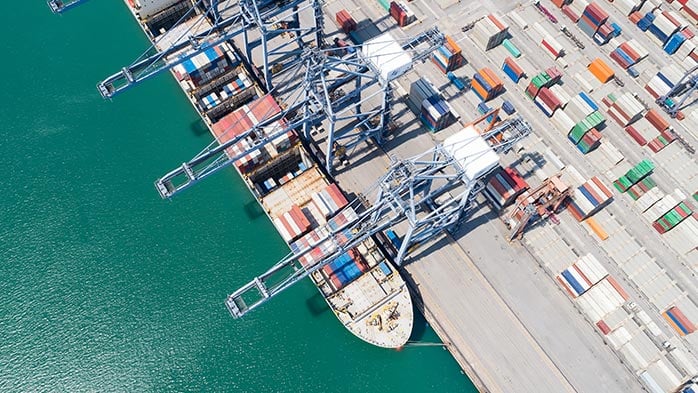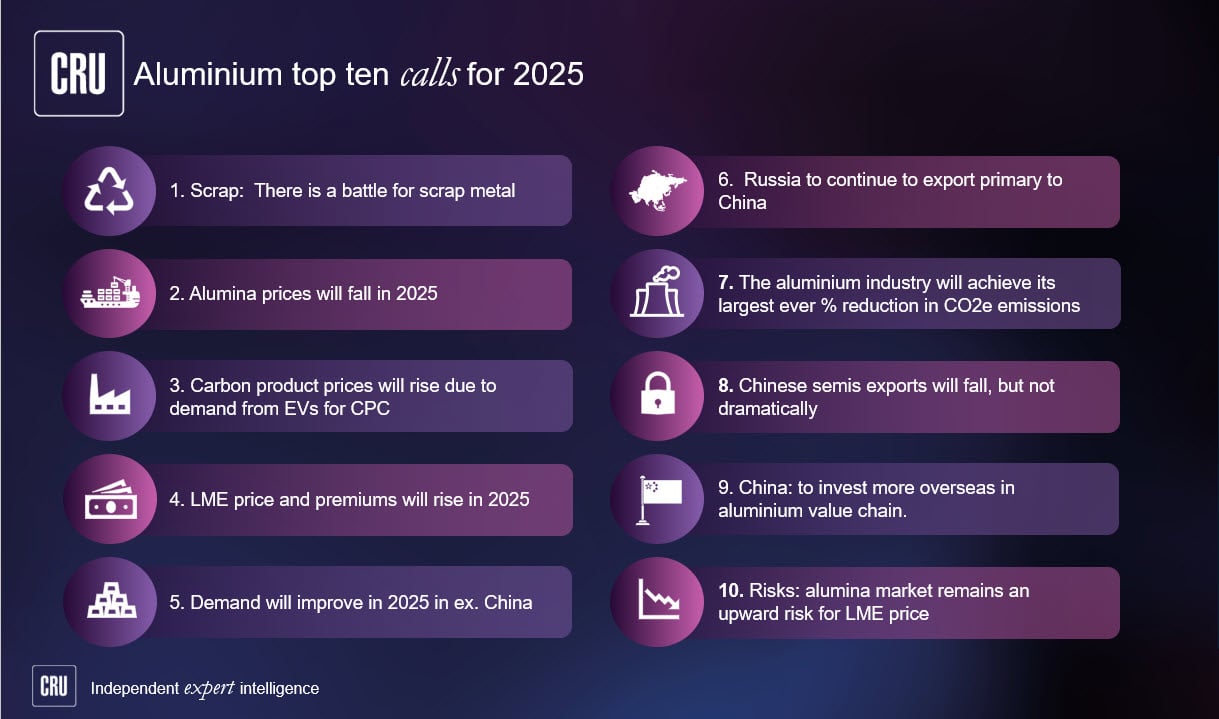The European scrap market keeps being quiet as demand struggles to improve and availability remains good across all grades. Prices across the board are either stable or slightly down from last month and there is no grade trading at a premium to the LME price anymore. Also, the fact the DIN 226 price has settled just under the P1020 price for a few months suggests the market has reached a good equilibrium level between supply and demand. The only game changer is the level of exports abroad, which supports prices for some grades more than others – otherwise the subdued demand expected in Europe in the short-term should keep prices stable for most grades.
Weak demand continues to weigh on most scrap grades
Automotive demand is settling down – and so are secondary scrap prices
Prices for secondary scrap – which includes old alloy sheet, castings and turnings – were well supported since the end of last year, thanks to a recovering automotive demand. Going back to October 2022, clean old alloy sheet was trading as low as €1,375 /t, clean castings at €1,325 /t and mixed turnings at €975 /t. Five months later in March 2023 the prices had increased to €1,725 /t for alloy sheet, €1,800 /t for castings and €1,275 /t for turnings. This was in most part driven by the recovery in automotive demand, with sales of passenger cars moving back to double-digit percentage growth from October last year as reported by the European association ACEA.
The growth has been well sustained since then, with car sales up 11.5% y/y in February but somehow prices for secondary grades started to fall again from last month. Indeed, alloy sheet fell to €1,612.5 /t this month, a drop of 6.5% m/m, castings were down 4% to €1,725 /t and turnings held a bit better at €1,262.5 /t, down only 1% from the March report.
This could be partly due to the automotive demand that lost some momentum recently. We heard mixed feedback in the south of Europe, with some reporting weaker demand from their customers while in the north, Germany especially, auto makers are focusing more on top range EVs and hybrids that consume less of this category of scrap.
Nevertheless, given the still good appetite for vehicles with internal combustion engines, especially in times of high inflation, prices for secondary scrap should remain well supported in the coming months. Moreover, the backlogs for producing new cars are still important and provide good visibility to OEMs. Finally, there are not as many car manufacturers cutting their forecasts as they were last year, which also improves visibility in this market.
Overall, automotive demand might not be the strong supporting factor it was a few months back, but the sector should still provide sufficient demand to support prices in the shortterm. Downside is therefore limited for secondary grades in Europe we believe.
Asia remains the top destination for European scrap
Another supporting factor we see for secondary scrap prices is the ongoing flow of EU exports to destinations outside of the region, which supports business for scrap dealers and also offsets some of the weaker demand in the continent. We often hear of India being the primary destination for scrap exports from the EU. The chart below confirms this, with India being ranked consistently number one followed by Malaysia, Thailand, Pakistan and Switzerland.
In January 2023, the latest reported month, the EU exported 81,600 t of aluminium scrap (HS 7602) of which 21,794 t went to India. This flow has been quite consistent over the years as seen below, even in time when demand for primary and scrap in Europe was much better. This business therefore provides a good cushion for the local scrap industry when domestic demand is not that strong.
Mill and packaging scrap see stable pricing as demand fails to improve
The market has been very quiet in March for industrial grades such as mill, packaging and extrusions scrap. For mill scrap, prices for 3XXX and 5XXX series scrap remained at 91% and 93% of the LME price, respectively. Given these grades traded at a premium to the LME price for most of 2022, this shows how weak rolling mills demand is. In fact, less scrap is coming back to the market amid the lower operating rates, but even though one might expect this to tighten supply, it has not – as demand remains weak. As many commented recently, the scrap market has settled at a weaker, lower level and this could last for another few months.
The same can be said for packaging scrap as Class scrap pricing has been stable since October last year – a period usually weaker for can demand but the rising inflation made it worse. UBC prices have also been stable at around 65% of the LME price. We heard of lower pricing in March at 63–64% as demand for cans took a brief dip but many now expect demand to improve as the summer months approach. Nevertheless, UBC prices are unlikely to move back to the 70s (percent) levels in the coming months as inventories remain high and inflation should keep impacting demand.
Indeed, we heard feedback that inventories of flat rolled products remain high from the time Europe was importing a lot of Chinese rolled products, following the temporary suspension of duties. The EU took the decision to suspend (for a period of nine months) anti-dumping duties on Chinese flat rolled products in late 2021. The duties were reimposed in July 2022 as the Commission ruled there was no more economic need for it. What it did not anticipate, however, was the subsequent sharp fall in demand and the accumulation of stocks that would follow. Since then, prices for all mill and packaging scrap have been very much subdued and the time they were trading at a premium to the LME price feels now a very distant memory.
A last grade that saw stable pricing is extrusions scrap. This grade traded at up to 12% of the LME price when the billet premium reached record levels at over $1,500 /t. As the billet premium fell, so did the price for extrusions scrap but it quickly settled at LME flat. Despite the fact the billet premium is seen rising again, we do not expect prices for extrusions scrap to be impacted. We believe it would take a much higher premium to incentive new secondary billet capacity and potentially lift underlying scrap prices.
The secondary ingot price reaches equilibrium
There have been times when the secondary ingot price (DIN 226) traded at a premium of the primary price (LME + ingot premium) but as seen in the chart below, the market quickly corrected that. Now we can see that secondary prices have settled just below primary prices for the past six months, suggesting a good equilibrium has been found. The DIN 226 price was last assessed at €2,215 /t, down $35 /t from the last report. We expect the price to remain supported at €2,200 /t and potentially to trade higher later this month as the LME price and ingot premiums are seen rising again.
Overall, scrap and secondary prices in Europe should continue to look at primary prices for direction, as the market itself lacks drivers – given the weak demand and good availability for all grades.

















